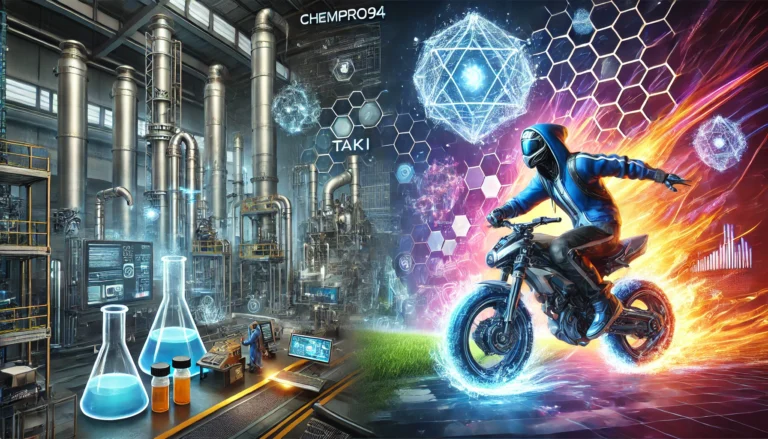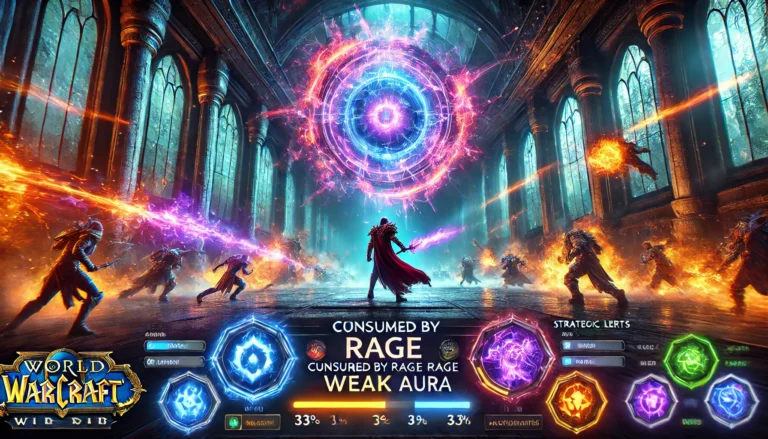Introduction
In today’s fast-paced tech-driven world, choosing the right tools for a project can significantly impact its success. Whether you’re a developer, gamer, or investor, understanding the differences between glng vs glnt can help you make the right decision. These two concepts, though closely related in their respective fields, cater to distinct needs and applications. Let’s dive into an in-depth comparison to help you determine which one suits your needs better.
What Is GLNG?
GLNG, short for Generalized Linear Network Graphics, is a powerful programming language designed for complex graphical computations. It’s highly favored in industries like gaming, virtual reality (VR), and graphical user interface (GUI) design. Developed by leading tech companies, GLNG focuses on delivering high-performance visual outputs with remarkable precision.
Key Features of GLNG
- High-Performance Graphics: GLNG excels in handling visually intensive applications such as 3D modeling, video game development, and VR environments.
- Cross-Platform Compatibility: It supports a wide range of operating systems, making it a versatile choice for developers.
- Extensive Libraries: GLNG comes with pre-built functions that simplify complex rendering tasks.
Why Choose GLNG?
GLNG is preferred by developers who need high-quality graphical outputs. Its easy-to-learn syntax, abundant documentation, and strong community support make it accessible even for beginners. However, it does require robust hardware to function optimally, which can be a limitation for some.
What Is GLNT?
On the other hand, GLNT stands for Generalized Linear Network Text and specializes in text analytics and processing. This language is tailored for managing large datasets, making it ideal for data scientists and analysts.
Key Features of GLNT
- Advanced Text Processing: GLNT shines in tasks like natural language processing (NLP), sentiment analysis, and text mining.
- Efficient Resource Management: It’s designed to work efficiently on less powerful hardware, offering resource optimization.
- Specialized Libraries: These libraries enhance productivity by simplifying complex text manipulation.
Why Choose GLNT?
If your project involves big data or text analytics, GLNT is the clear choice. Its precision in text handling and efficiency in resource use make it a go-to tool for data-heavy applications.
Key Differences Between GLNG and GLNT
Understanding the differences between glng vs glnt helps in identifying the right choice for your specific project. Here’s a quick breakdown:
Performance
- GLNG: Superior in graphical computations, but resource-intensive.
- GLNT: Excels in text analytics with minimal resource requirements.
Scalability
- GLNG: Scales better for graphics-heavy applications like gaming and VR.
- GLNT: Best suited for scaling text-based operations in data science.
Learning Curve
- GLNG: Easier for beginners due to intuitive syntax and abundant resources.
- GLNT: More complex, requiring expertise in text analytics.
Advantages of GLNG
- Exceptional Graphics: Ideal for visually intensive projects.
- Versatility: Supports various platforms and industries.
- Community Support: A large user base ensures easy access to problem-solving resources.
Advantages of GLNT
- Text Analytics Leader: Unmatched efficiency in handling text data.
- Cost-Effective: Optimized for less powerful machines.
- Precision: Advanced algorithms ensure accurate text processing.
Use Cases for GLNG and GLNT
When to Choose GLNG
- Video game development
- Virtual reality environments
- Advanced GUI design
When to Choose GLNT
- Data analytics projects
- Natural language processing tasks
- Sentiment analysis and big data management
Challenges of GLNG and GLNT
Limitations of GLNG
- High hardware requirements
- Limited functionality for text analytics
Limitations of GLNT
- Lack of graphical capabilities
- Smaller community compared to GLNG
Emerging Trends in GLNG and GLNT
Both GLNG and GLNT are evolving rapidly. Advancements in artificial intelligence and machine learning are shaping the evolution of these technologies. For example, GLNG is integrating more AI-driven rendering techniques, while GLNT is enhancing its NLP capabilities to cater to multilingual datasets.
Future of GLNG vs GLNT
As industries grow increasingly data-driven, both GLNG and GLNT are expected to remain relevant. GLNG will likely dominate gaming and VR sectors, while GLNT will strengthen its foothold in big data and AI applications.
Conclusion
Choosing between glng vs glnt boils down to your project’s requirements. GLNG is the best fit for high-performance graphical applications, while GLNT leads in text analytics. By understanding their strengths and limitations, you can make an informed decision that aligns with your goals. Whether you’re creating a visually stunning video game or analyzing text-based data, the right tool can make all the difference.
FAQs
Q: Which is better for beginners, GLNG or GLNT?
A: GLNG is easier for beginners due to its intuitive syntax and abundant resources.
Q: Can I use GLNT for graphical projects?
A: No, GLNT is optimized for text analytics and lacks graphical capabilities.
Q: What industries benefit most from GLNG?
A: Gaming, virtual reality, and GUI design heavily rely on GLNG.
Q: Is GLNT resource-intensive?
A: No, GLNT is designed to work efficiently on less powerful machines.








